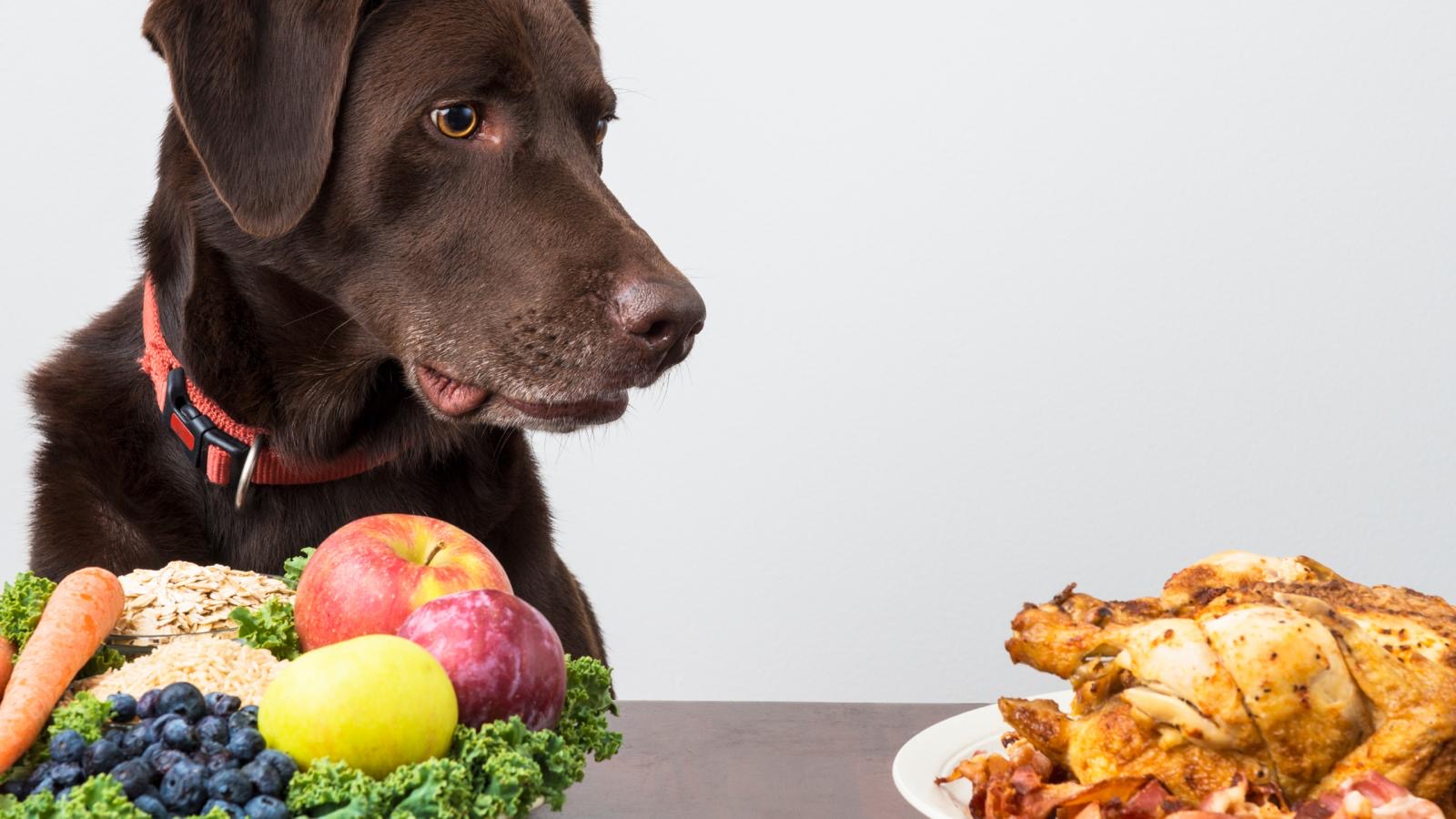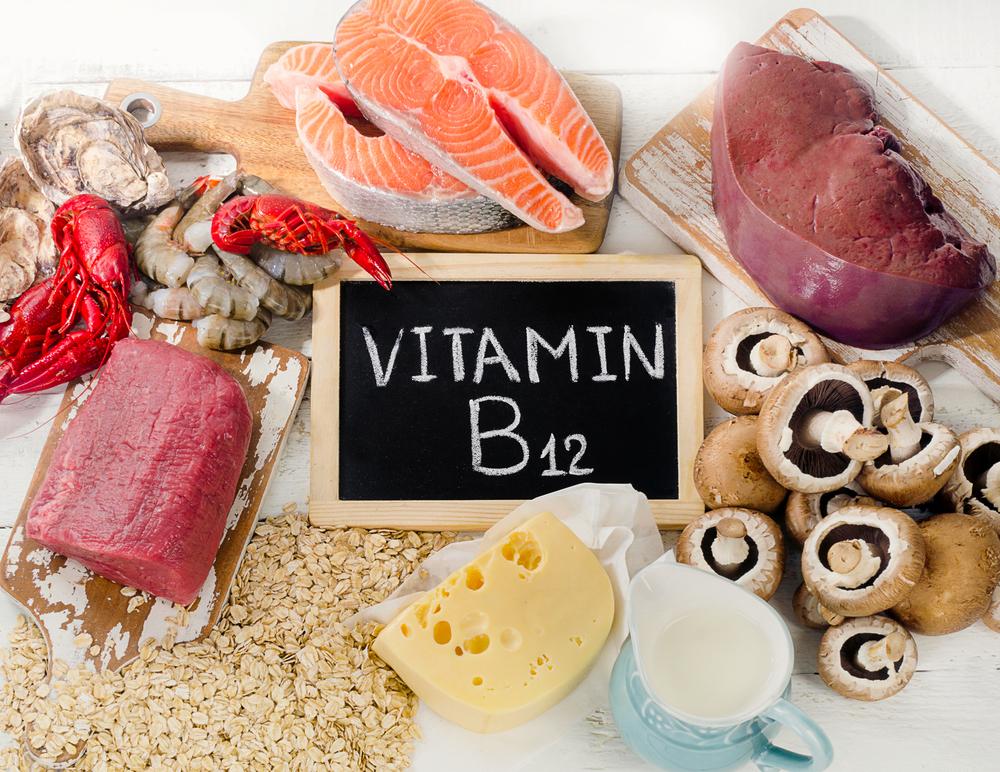We all know what stress is, and over time we improve our ability to notice it in our pets, but in the heat of the moment, we often forget that it is in fact a biochemical process. For this process to occur, certain compounds are needed. In addition, for the state to pass, other processes need to occur. At a very basic level we can start to understand why we feel so tired after a particularly stressful day at work, but there is so much more to it, and this goes for our dogs too.
So, let’s take a look at the process of stress, the nutrients it demands and how we can use this information to support our stressed dog.
What is Stress?
Well, the full biological stress response all starts in the brain. Let’s think of it in human terms to really get a handle on what’s going on.
When someone confronts an oncoming car or other danger, the eyes or ears, or both (and parts of our peripheral nervous system) send the information to the amygdala, which is the area of the brain that deals with emotions. The amygdala interprets the images and sounds and sends a message to the hypothalamus.
The hypothalamus is like the command centre. It communicates with the rest of the body through the
autonomic nervous system (which controls such involuntary body functions like breathing, blood pressure and heartbeat. It also controls the dilation or constriction of key blood vessels and small airways in the lungs called bronchioles).
The autonomic nervous system is further split into two branches, the
sympathetic nervous system and the
parasympathetic nervous system.
The
sympathetic nervous system functions like a gas pedal in a car and it triggers the fight-or-flight response.
This response:
- Dilates pupils (to help you spot danger)
- Inhibits saliva production
- Dilates bronchia (to get more air into the lungs)
- Increases heart rate (to get more oxygenated blood around the body)
- Inhibits the activity of the digestive organs including the pancreas and gallbladder
- Stimulates the adrenal gland to release other stress related hormones
- Relaxes the urinary bladder
After the amygdala sends a distress signal, the hypothalamus activates the sympathetic nervous system by sending signals through the autonomic nerves to the adrenal glands.
These glands respond by pumping the hormone
adrenaline into the bloodstream. As this circulates through the body, it brings on the physiological changes mentioned above. The heart beats faster than normal, pushing blood to the muscles, heart, and other vital organs. Pulse rate and blood pressure go up. You start to breathe more rapidly. Small airways in the lungs open wide so you can take in as much oxygen as possible. The additional oxygen is sent to the brain, which increases alertness. Sight, hearing, and other senses become sharper which all makes total sense if you are to escape a threat.
At the same time,
adrenaline triggers the release of glucose and fats from temporary storage sites in the body. These nutrients make their way into circulation, supplying energy to all parts of the body – equipping it to either fight or flee!
The autonomic nervous system is the involuntary system and because the wiring is so efficient, the amygdala and hypothalamus start this cascade before we have even had a chance to consider what is happening or how we need to deal with it.
As the initial surge of hormones subsides, the hypothalamus activates the second component of the stress response system. This is known as the HPA axis. It includes the hypothalamus, the pituitary gland, and the adrenal glands.
The HPA axis relies on hormonal signals to keep the sympathetic nervous system “switched on.” If the brain continues to perceive something as dangerous, the hypothalamus releases corticotropin-releasing hormone (CRH), which travels to the pituitary gland, triggering the release of adrenocorticotropic hormone (ACTH).
This then travels to the adrenal glands, which triggers the release of cortisol. Cortisol doesn’t deserve the bad rap it gets – it isn’t the instigator of the stress response, it’s the regulator – for as long as cortisol is present, the body needs to do something to protect itself.
When the threat or stressor passes, cortisol levels fall. The
parasympathetic nervous system (PNS) — which we can think of as the
“brake” — then dampens or calms the stress response.
The PNS is responsible for the “rest and digest” response that calms the body down after the danger has passed.
This response:
- Constricts pupils
- Increases saliva production (saliva forms one of the first lines of defence in the immune system)
- Reduces heart rate
- Constricts bronchia
- Stimulates the organs of the digestive system like the pancreas and gallbladder
- Constricts urinary bladder
The Recipe for Stress
As you can see, there are a cascade of processes that occur which result in the stress response we are familiar with.
The stress response is largely modulated by what we call
catecholamines, and these include
adrenaline, noradrenaline and dopamine and it therefore makes sense that if the stress response is consistently being activated, then the demand for these catecholamines increases.
The creation of catecholamines starts with the uptake of the amino acid tyrosine. A few steps later, the conversion of tyrosine to certain catecholamines depends on the presence of
vitamin B6. Later steps for the conversion to noradrenaline depend on the presence of
copper.
Vitamin C is also required in various enzyme activities in the synthesis of catecholamines.
What this means is that stress increases the demand for these nutrients.
But we must also consider the other side of the stress response – the rebalancing. For the body to return to homeostasis, catecholamines must be broken down. There are many genes responsible for this process, and not surprisingly, many nutrients are used in the process.
Nutrients used to degrade catecholamines:
- Choline
- B6
- B12
- Folate
- Magnesium
- SAMe (made in the body from the amino acid, methionine)
We can think of the stress response as a redirection of resources in many ways – it redirects attention to help deal with the threat, but it also redirects nutritional resources to occur in the first place, and then to re-balance.
For the stressed dog its essential to support their digestive health to ensure sufficient digestion and assimilation of nutrients, but also to provide a highly nutritious diet with particular attention to the following nutrients:
B6
Vitamin B6, also known as pyridoxine, is a water-soluble vitamin that the body needs for several functions.
It’s significant to protein, fat and carbohydrate metabolism and the creation of red blood cells and neurotransmitters.
Vitamin B6 cannot be made by the body and so it must come from the diet.
Signs and Symptoms of B6 Deficiency:
- Lethargy
- Abnormal heart rhythm
- Cracked lips
- Mouth ulcers
- Weakened immune function
- Inflammation of the skin
- Confusion/irritability
Food Sources:
- Pork
- Poultry
- Fish
- Organ Meats
- Eggs
As vitamin B6 is a water-soluble vitamin, it needs to be replenished daily in the body.
Risk of Depletion:
- Hormone demands – if your dog is stressed, they are at risk of depletion without sufficient supply
- Undernutrition
- Malabsorption (digestive compromise)
- Pyridoxine-inactivating medications (phenobarbital for example)
Why Your Dog Needs B6
B12
Vitamin B12, also known as cobalamin, is a water-soluble vitamin which means no matter how much it is absorbed; any excess will be excreted via urine.
Suboptimal B12 levels result in:
- Blood cell count abnormalities
- Disorders of lipid and protein metabolism
- Failure to thrive
- Anorexia
- Lethargy
- Vomiting
- Mood disorders/cognitive decline
- Slow healing
- Shortness of breath
- Muscle weakness
- Unsteady movement
- Increased homocysteine levels
- Functional folate deficiency
Sources of B12
- Lamb Liver – Raw – 90mcg per 100g
- Lamb Kidney – Cooked – 79mcg per 100g
- Lamb Liver – Cooked – 77mcg per 100g
- Beef Liver – Cooked – 71mcg per 100g
- Veal Liver – Cooked – 73mcg per 100g
- Turkey Liver – Cooked – 58mcg per 100g
- Salmon – 29mcg per 100g
- Beef Kidneys – Raw – 27mcg per 100g
- Lamb Brain – 24mcg per 100g
- Mackerel – 19mcg per 100g
- Chicken Liver – 17mcg per 100g
- Herring – 13mcg per 100g
Why Your Dog Needs B12
Choline
Choline is an essential nutrient. It is converted into the neurotransmitter acetylcholine which plays a role in nervous system function.
Sources:
Magnesium
One of the most abundant minerals in the body along with calcium and phosphorus, magnesium is essential to bodily function. Whilst there is some disagreement on the numbers, anywhere from 60-70% of the body’s magnesium is found in bone; the rest is in cellular fluid and soft tissue.
Possible signs your pet is deficient:
- Muscle cramps
- Seizures
- Nervousness
- Low stress tolerance
- Anxiety
- Depression
- ‘Behavioural issues’
- GI upset (often constipation with low levels)
- Loss of appetite and nausea
- Pancreatic dysfunction decreased glucose tolerance
- Fatigue
- Heart arrhythmia
- Hypertension
Food Sources of Magnesium
- Spinach – 157mg of magnesium per cup (cooked)
- Swiss Chard – 151mg per cup (cooked)
- Kale – 74mg per cup (cooked)
- Pumpkin Seeds – 156mg per 1oz handful
- Tuna – 109mg per 6oz fillet
Why Magnesium is So Important to Your Pet
Folate
Folate is a water-soluble B vitamin that is naturally present in some foods, added to others, and available as a dietary supplement. Folate, formerly known as folacin and sometimes vitamin B9, is the generic term for naturally occurring food folates. Folic acid is the fully oxidized monoglutamate form of the vitamin that is used in fortified foods and most dietary supplements. In short, folate is the natural form, folic acid is the synthetic form.
Signs and Symptoms of Deficiency
- Atrophy of the digestive tract epithelium; reduced absorption of nutrients, diarrhoea, anorexia and weight loss,
- Reduced production of platelets can increased risk of abnormal bleeding,
- Impairments in white blood cell development can reduce immune response,
- Elevated blood homocysteine,
- Impaired foetal growth,
- Behaviour changes – depression, irritability.
- Anaemia
Sources of Folate:
- Dark leafy greens – spinach, broccoli
- Liver
- Seafood
- Seeds
- Eggs
- Nuts
Why Does My Dog Need Folate
Vitamin C
Ascorbic acid, commonly known as vitamin C, has a chemical structure that is closely related to the monosaccharide sugars. It is synthesised from glucose by plants and most animal species, including dogs. When present in foods, ascorbic acid is easily destroyed by oxidative processes. Exposure to heat, light, oxidative enzymes, and the minerals copper and iron all contribute to losses of vitamin C activity.
Sources:
- Kelp
- Carrots
- Pumpkin
- Seaweed
- Wheatgrass
SAMe
S-Adenosylmethionine (SAMe) is a naturally occurring compound found in almost every tissue and fluid in the body.
SAMe is not found in food. It is produced by the body from the amino acid methionine and ATP which serves as the major energy source for cells throughout the body. Eggs, fish, and some meats contain high amounts of this amino acid. It is estimated that around 8% of the amino acids in egg whites are sulphur-containing amino acids (methionine and cysteine).
Can My Dog Eat Raw Eggs?
We advocate a fresh food diet to support your dog’s health, and nutritionally dense to meet the demands that life throws at them. If you would like any support with your dog’s dietary needs, then please check out our services.
Thanks for reading,
MPN Team














